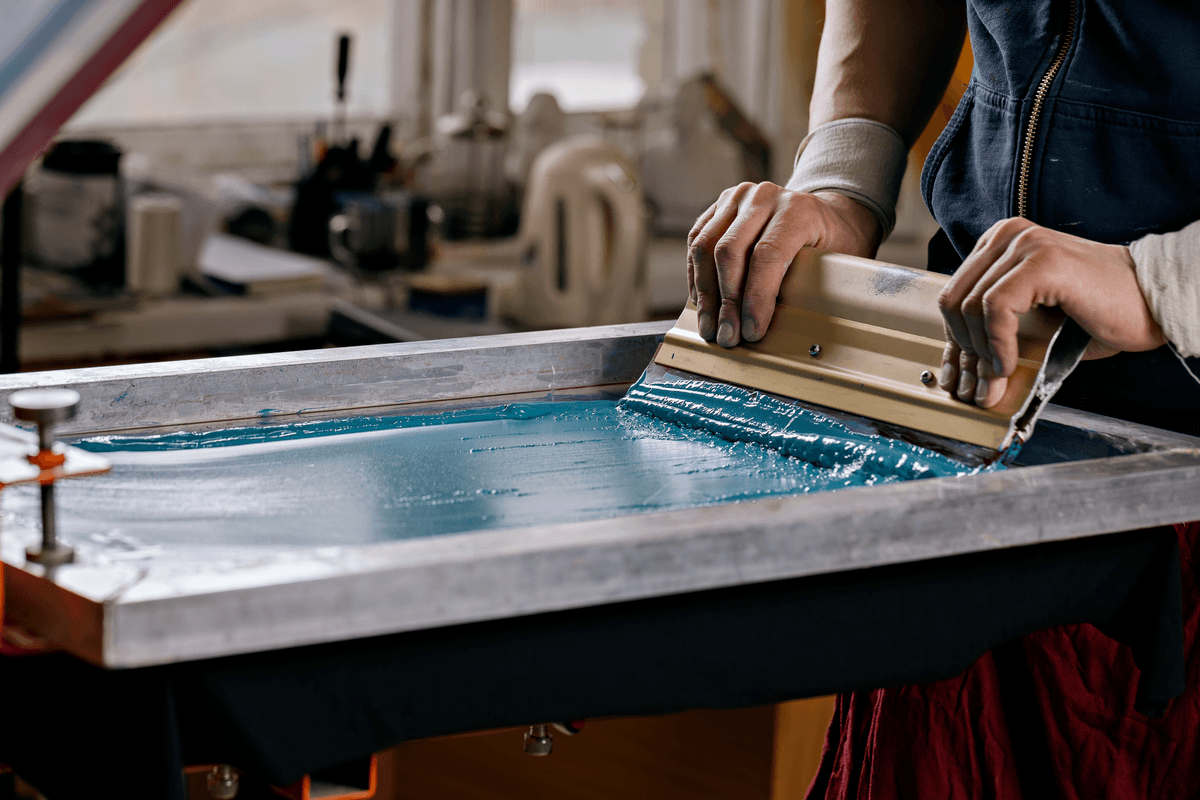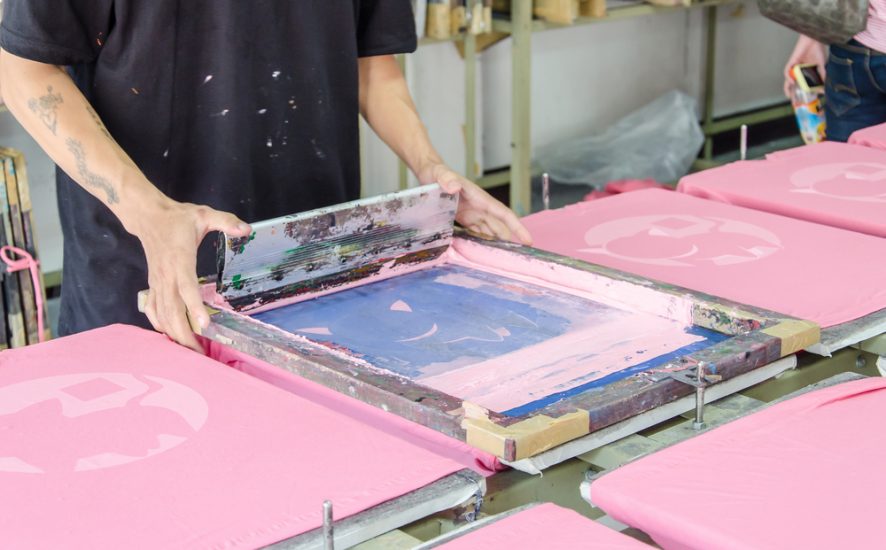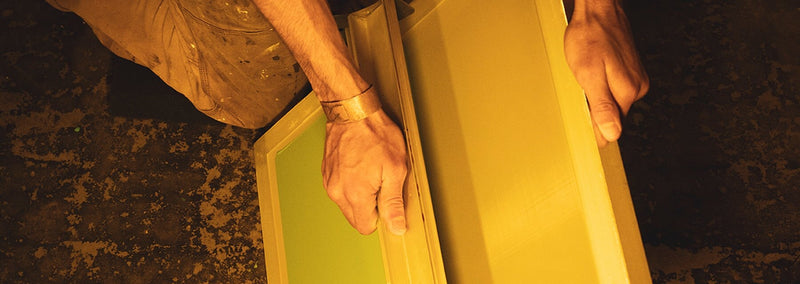What Does Tx Tees Mean?
What Does Tx Tees Mean?
Blog Article
The Best Strategy To Use For Tx Tees
Table of ContentsWhat Does Tx Tees Do?Excitement About Tx TeesTx Tees - An OverviewTx Tees Fundamentals ExplainedThe smart Trick of Tx Tees That Nobody is Talking AboutThe Best Guide To Tx TeesTx Tees Fundamentals Explained
That brings your overall to around $1,900 gross and shipping. Accumulate other prices, like the number of utilities it takes to run the shop and the cost of ink and emulsion per design. custom cap printing. Take the print listed below. This is a one-color picture, so the price of ink per shirt is about 20 cents.The emulsion must just be a few cents considering that you 'd just require to layer one screen for this task. Normally, printers attempt to make up to 45% earnings on a print work.

With DTF, you can print a handful of t-shirts, or just one. Make use of the very same calculator as the area above to compute just how much profit you 'd make using DTF transfers. Contrast the expenses and revenues to whichever technique speaks ideal to your arrangement and process. Both screen printing and DTF have their niches worldwide.
The Only Guide for Tx Tees
The very best method to know? Ask around and see what print stores like your own are doing. custom cap printing. Attempt both out and see which you like better
When you're selecting what type of printing approach to make use of for printing your artwork styles on your garments, it is essential that you recognize the differences between these two methods so you can take full advantage of results while minimizing prices. Screen printing is the most typically used method for publishing layouts on fabrics.
DTG printing is additionally known as area or direct to garment printing since it prints only what is needed as opposed to making a screen as screen printers do. https://www.storeboard.com/txtees. Display printing functions by display filler squeegee display printing ink screen mesh display, then transferring the photo to garment utilizing heat and/or stress
The DTG printer utilizes unique dye-sublimation inks that are used right into a pre-designed image by an electronic printing system. The inks become part of the textile, permitting vibrant colors and extraordinary detail. It's additionally referred to as place or direct to garment printing because it publishes only what is needed rather of making a screen as screen printers do.
Some Known Details About Tx Tees
Initially, it's much faster - you can print a fullcolor picture in mins, instead of hours for display printing. Second, there's no established up time or costs involved - you can print any type of layout you like, without having to create a screen first. Third, there's no waste - due to the fact that display printers screen print one style each time, they need to evaluate each color independently.
The paper is really pricey and can just be used when. Once it's printed on, it needs to be disposed of. - The preliminary acquisition rate is reduced than the ahead of time financial investment of DTG printers- You can publish multi-color layouts one display at once rather than needing to print each color separately like DTG printing.

10 Easy Facts About Tx Tees Described
Nonetheless, rather than making use of display mesh as screen printers do, dye sublimation printers utilize laser technology to move your images onto garments or paper. A warm procedure transfers the color from its solid-state straight into the gas phase which subsequently fuses it onto textile substratums when they are rapidly heated up to heats under high stress.
Sublimation printing is environmentally friendly. It makes use of less water than screenprinting, and since it does not include using hazardous solvents, it's risk-free for all kinds of garments. The color sublimation inks are likewise unsmelling when healed, unlike screen printers that make use of hazardous chemicals throughout the display printing procedure that leave an unpleasant odor.
They likewise save money on expensive devices like direct exposure devices since dye sublimation printers do not need a UV direct exposure unit or a flash cure oven that is typically utilized in screen printing (embroidery shop). What is straight to garment printing (DTG Printing)? DTG printing is an electronic screenprinting procedure that publishes straight onto material utilizing specialized inkjet printers
The 9-Second Trick For Tx Tees
DTG printing provides many benefits over typical screenprinting, including the capacity to publish photographic top quality photos, greater shade vibrancy, and the capacity to print layouts on darker materials. DTG printers function by warming the textile ink till it becomes a gas. The gas then permeates the textile, bonding with the fibers to produce a permanent print.

Screen printers just prepare their screen after that begin printing until they run out of product or ink.- There is a wide array of experienced screen printers throughout the globe, which can be handy for beginners. - It's a slower process - screen printers often need to await the ink to completely dry prior to they can publish the following shade- Screen printers call for manual work, so there's a greater discovering curve and it takes Going Here longer to produce a premium layout- Screen printing isn't as accurate as DTG printing, so you might get some "bleeding" of colors from one part of the photo onto an additional if not done correctly.
Everything about Tx Tees
However, rather than utilizing display mesh as screen printers do, dye sublimation printers utilize laser technology to move your images onto garments or paper. A warm process transfers the color from its solid-state directly right into the gas phase which subsequently fuses it onto material substratums when they are quickly heated to heats under high stress.
Sublimation printing is green. It utilizes less water than screenprinting, and because it doesn't entail using unsafe solvents, it's risk-free for all sorts of clothing. The color sublimation inks are also odor-free when healed, unlike display printers that use dangerous chemicals throughout the screen printing process that leave an undesirable odor.
They also save cash on pricey equipment like direct exposure systems given that dye sublimation printers don't need a UV direct exposure unit or a flash remedy stove that is typically used in display printing. What is straight to garment printing (DTG Printing)? DTG printing is a digital screenprinting process that prints directly onto material using specialized inkjet printers.
Tx Tees Fundamentals Explained
DTG printing supplies several advantages over standard screenprinting, including the ability to print photo top quality photos, better shade vibrancy, and the capability to print styles on darker materials. DTG printers work by heating the fabric ink up until it turns into a gas. The gas after that penetrates the material, bonding with the fibers to produce a permanent print.
Report this page